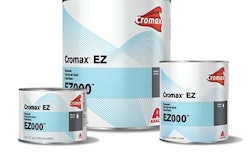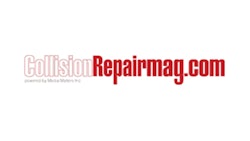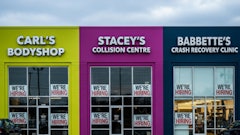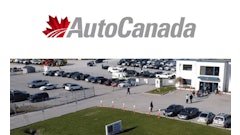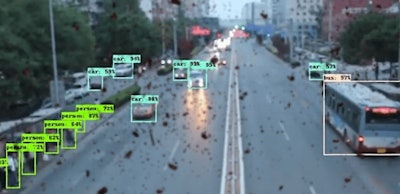
Toronto, Ontario — In this weekly electric and autonomous vehicle report, check out Apple’s patent plans for debris-detecting windshields; see Uber’s recently-unveiled plan for electrifying its fleet and witness government officials drinking straight from tailpipes.
Through Apple’s eyes
The U.S. Patent and Trademark Office recently published a patent application from Apple, wherein the tech giant describes a debris-detecting lighting and camera system for autonomous vehicle windshields.
Apple goes as far to suggest the technology could detect any repair or replacement status for vehicle windshields or windows—it would even tell drivers which portion of the part is jeopardized.
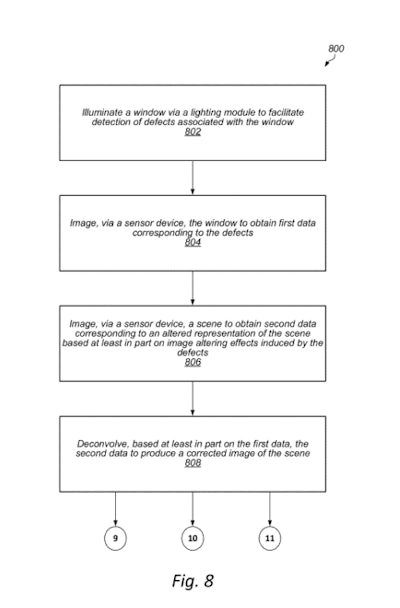 A flowchart of an example method of detecting defects associated with a window and/or performing image processing to produce a corrected image of a scene based at least partly on data corresponding to the detected defects, in accordance with some embodiments.
A flowchart of an example method of detecting defects associated with a window and/or performing image processing to produce a corrected image of a scene based at least partly on data corresponding to the detected defects, in accordance with some embodiments.The system could also warn drivers to fix windshields or, in some cases, automatically clean the windshield, if the debris is mere dirt.
 A flowchart of an example method of causing a window cleaning system to clean a window, in accordance with some embodiments.
A flowchart of an example method of causing a window cleaning system to clean a window, in accordance with some embodiments.The patent says such a system would include “one or multiple sensor devices…one or multiple lighting modules…and/or one or multiple processors.”
The presence of dirt or other marks on an autonomous (or semi-autonomous) vehicle windshield has the potential to impact how the systems operate, as the technology must adjust its view of the road ahead. A dirty window within view of the camera may negatively impact the images captured, thus compromising the technology’s efficacy.
The patents are believed to be part of Project Titan, Apple’s endeavour into electric vehicles. The company has been working on patent technology since 2017.
Tapped into tech
Two hydrogen fuel cell electric buses were on display at the Edmonton Electric and Hydrogen Vehicle Expo last weekend, where one bold official decided to prove how clean the tech is by drinking straight from a bus tailpipe.
The two buses—Xcelsior models manufactured by New Flyer—use a Ballard fuel cell electric engine. Instead of greenhouse gas emissions, such engines release water and heat.
At the event, Strathcona County Transit Director Wade Coombs was bold enough to hold a clear cup under one one of the bus tailpipes. He then drank the water.
The verdict? It quenches.
“It tasted better than some places where you can get it out of the tap,” said Coombs.
The buses are part of Alberta’s Zero Emissions Hydrogen Transit initiative, a project with a $9.8 million price tag and a goal to cut greenhouse gas emissions.
The City of Edmonton’s energy transition strategy aims to cut emissions by 35 percent, compared to levels recorded in 2005. The locale looks to achieve this by 2025, and cut a further 50 percent by 2030.
Edmonton is striving for zero-net emissions per person by 2050.
Uber’s uber plans
Uber unveiled some hefty expectations for its drivers last week—get an electric vehicle by 2030, or find yourself a new gig.
According to Dara Khosrowshahi, CEO of Uber, the ride-sharing platform has set a “major goal” to only offer electric vehicles in its fleet by 2030. Drivers without electric cars would not be permitted to use the program.
“We have a target to be fully electric in the United States, Canada and Europe,” Khosrowshahi told a reporter from the CBC.
The company has reportedly committed US$800 million to help its drivers switch to fully electric vehicles. It claims to currently tout approximately 25,000 EVs in the North American network, with aims to double that number by next year.
The company claims EV drivers on Uber have avoided using more than 25.9 million litres (5.7 million gallons) or gasoline this year alone.

